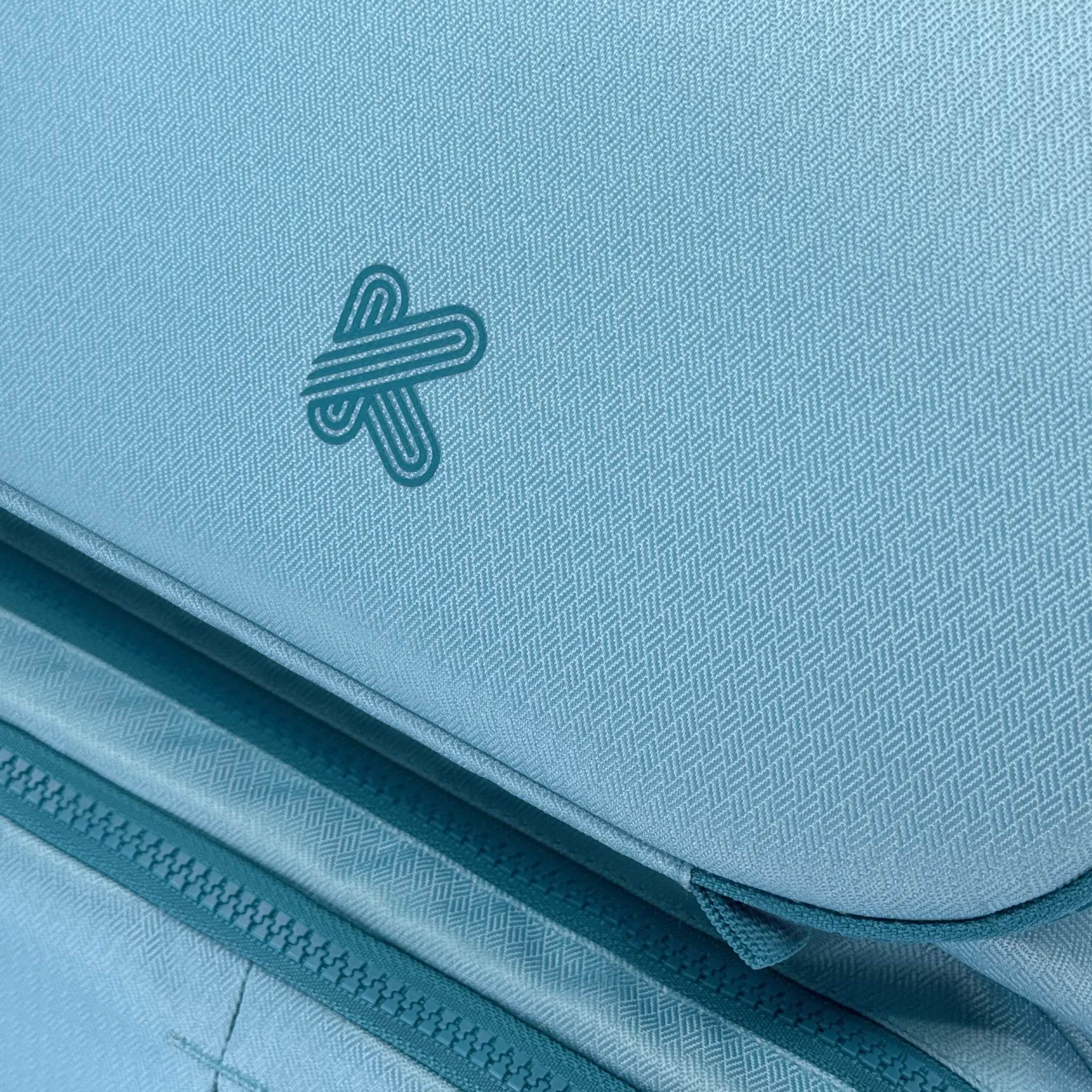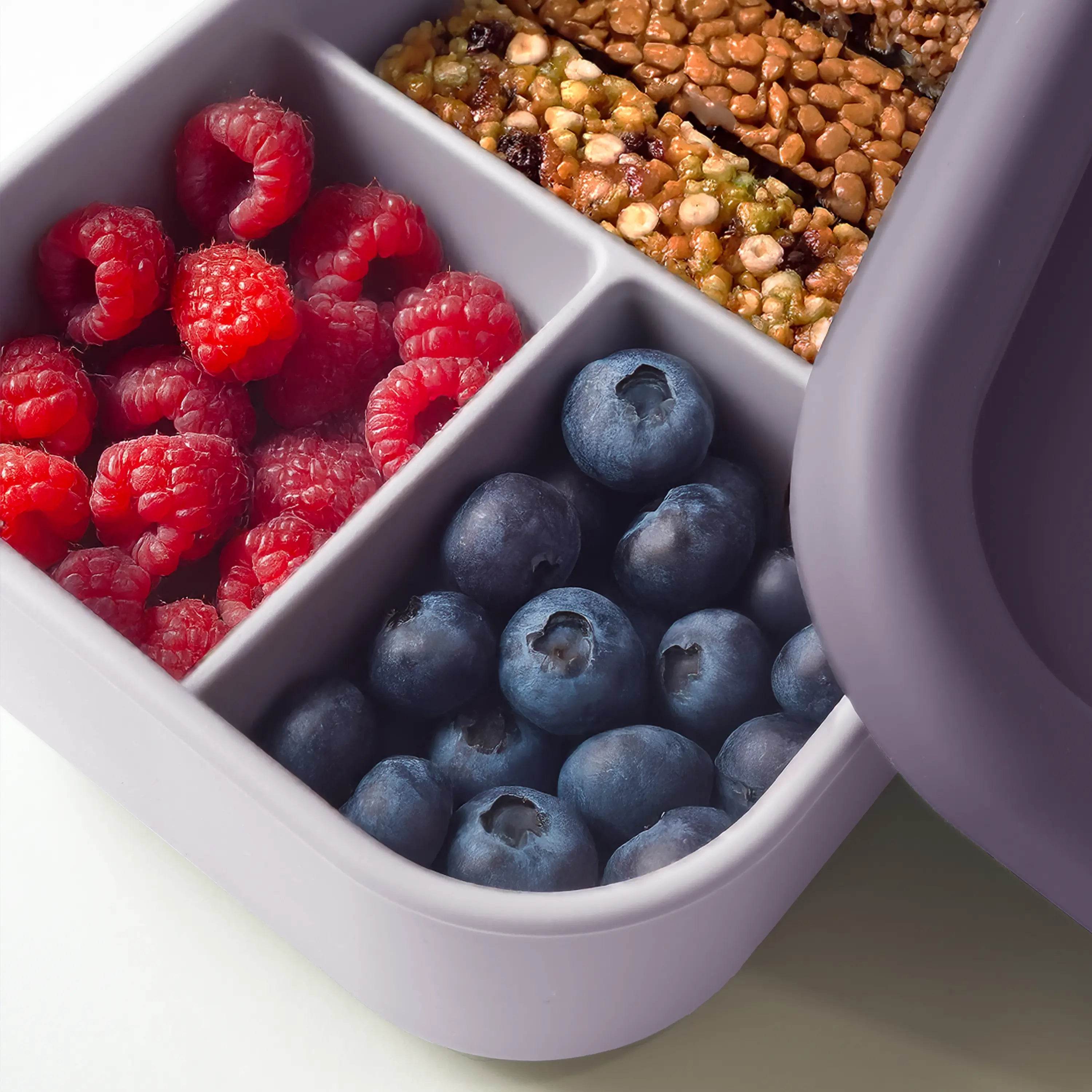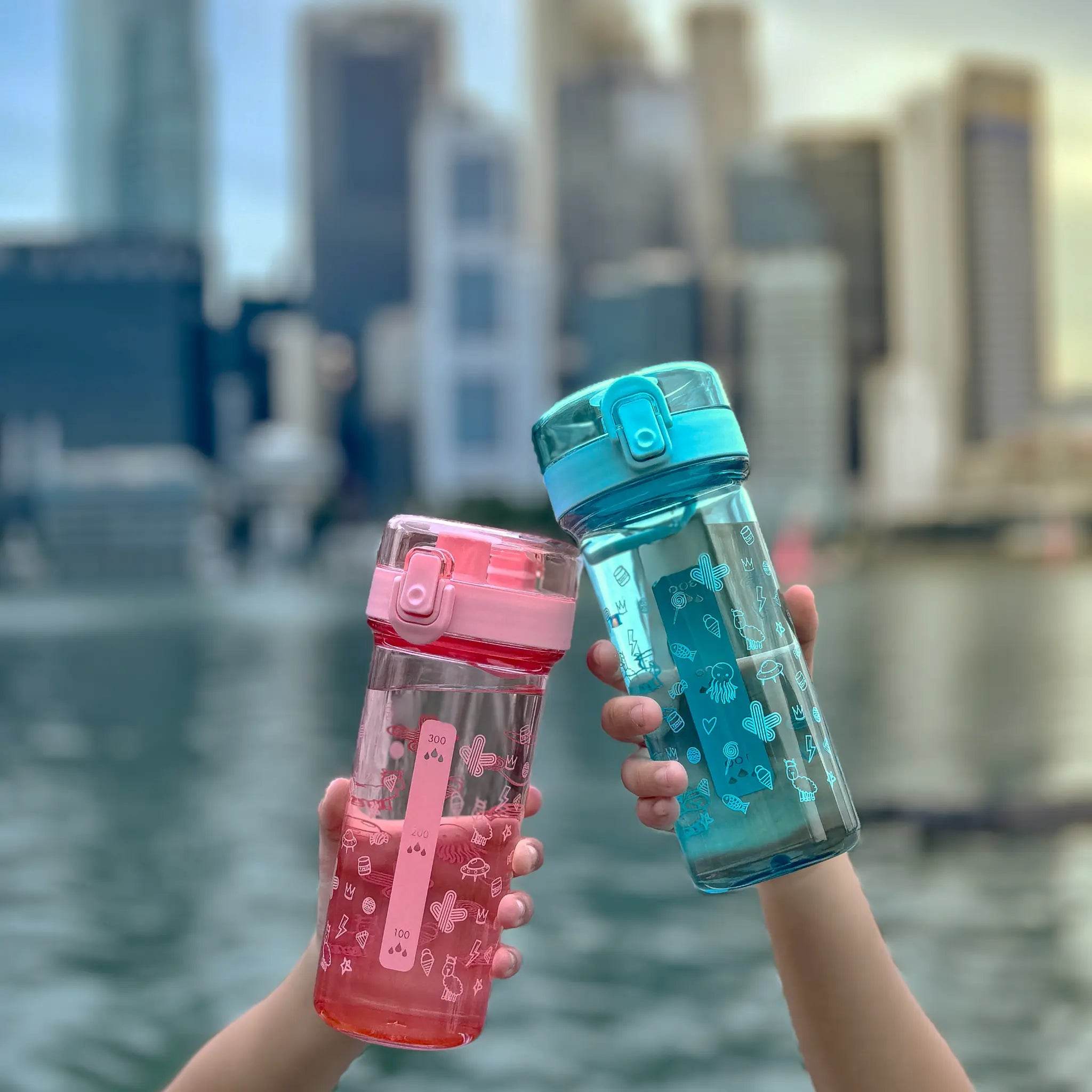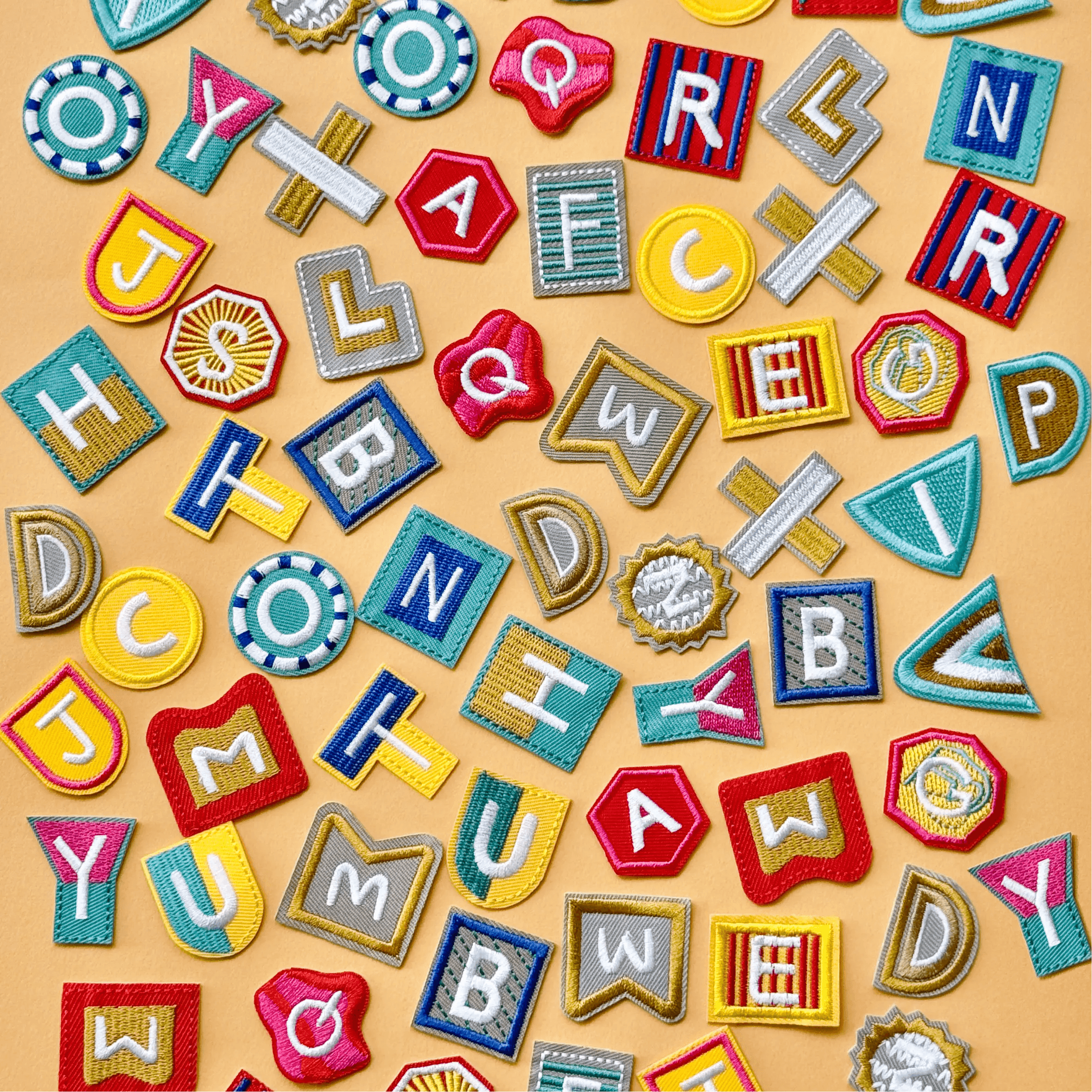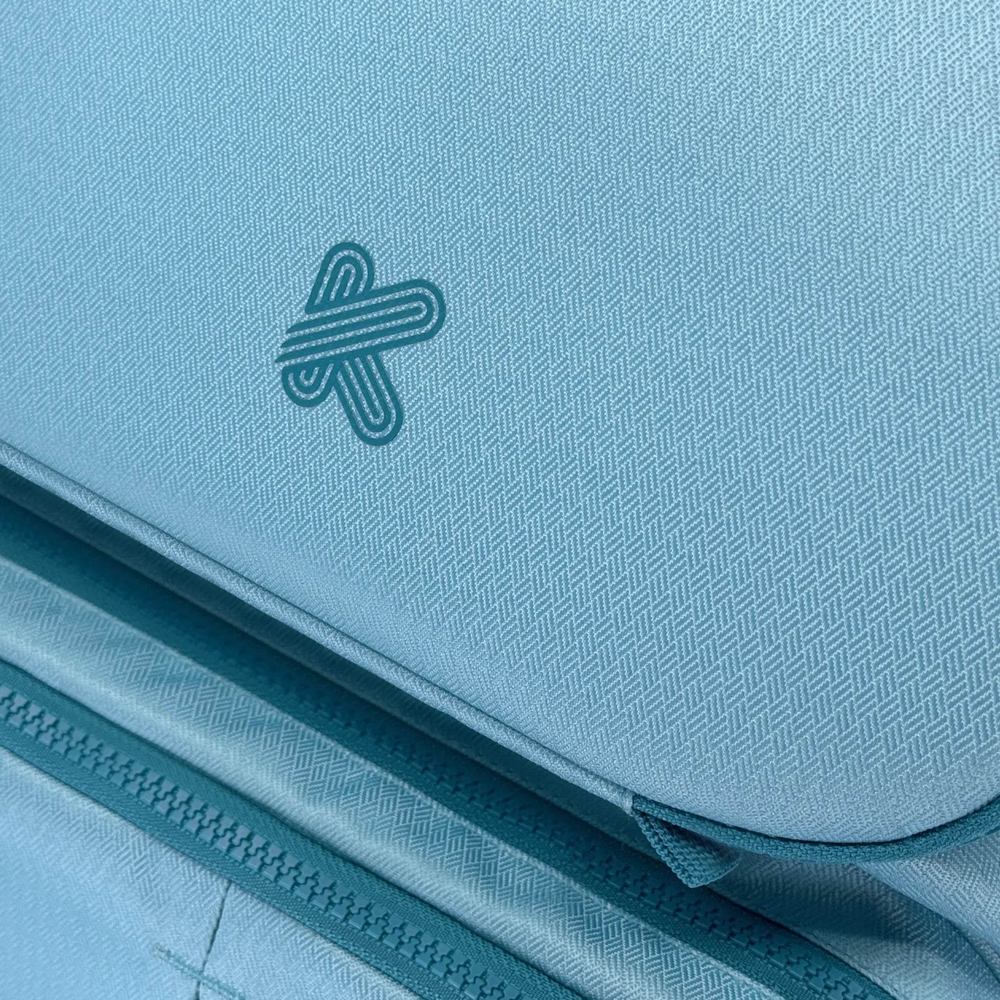Sustainability education starts from young
Title: Raising Little Earth Heroes: Teaching Sustainability Education Through Repurposing
As parents, we all want the absolute best for our children; not just for their lives right now, but also for the future they will inherit. The reality is, the world they’re growing up in faces some serious environmental challenges, from climate change to pollution and resource depletion. That’s why it’s more important than ever to start teaching our kids about sustainability and eco-friendly habits early on. By introducing these concepts at home and encouraging small, everyday actions like recycling, conserving water, reducing waste, and making mindful choices. We can empower our children to make a difference. Over time, these simple habits can add up to create a big, positive impact on the environment, ensuring a healthier planet for generations to come.

Why Teach Sustainability Education Early?
Children are naturally curious and always eager to discover more about the world around them. Nurturing this sense of wonder creates the perfect opportunity to teach important concepts like sustainability from an early age. By instilling eco-conscious values while they’re young, children become more aware of how their everyday choices impact the planet. Simple actions like turning off lights, conserving water, or choosing reusable products can become part of their daily routines, helping them develop into adults who are mindful, resourceful, and socially responsible. However, sustainability involves more than just basic practices like recycling. That’s where the power of repurposing comes in, offering creative ways to give new life to items that might otherwise be thrown away, and teaching kids the value of innovation and environmental stewardship.
Repurposing: A Powerful Lesson in Creativity and Care
While recycling has long been championed as the go-to solution, it’s not a perfect system. Many items that we toss into recycling bins still end up in landfills due to contamination or lack of processing facilities. Repurposing, on the other hand, teaches kids to extend the life of objects by giving them a new function; reducing waste before it’s even created.Imagine your child’s old water bottle becoming a pencil holder, or a worn-out backpack turning into a garden tool kit. Repurposing fosters creativity, problem-solving, and a deeper respect for the things they own.
Simple Ways to Introduce Repurposing at Home
Here are some easy and fun ideas to get started:
• Craft Time with a Twist: Use empty boxes, jars, or packaging to make art projects or DIY toys.
• Clothes with a Second Life: Turn outgrown shirts into tote bags or cleaning rags.
• Upcycle School Supplies: Decorate used folders or pencil cases instead of buying new ones every term.
• Storytime with a Message: Read books about sustainability and talk about how your child can help the planet.
• Lead by Example: Young children learn best by watching the adults in their lives. Involve them in eco-friendly choices, like packing a reusable lunchbox, carrying a refillable water bottle, or donating old toys instead of throwing them away. Explain why these actions matter, and you’ll be surprised how quickly they’ll adopt — and even champion — these habits.
At Kandis, we design with purpose.Our products are thoughtfully designed to stand the test of time, featuring innovative details that make them easy to reuse and repurpose as your child grows. From backpacks that are made with recycled PET bottles to packagings that can be repurposed we’re committed to creating items that offer much more than one-time use. Each product is crafted to inspire a sustainable mindset; not just satisfy a fleeting need. By choosing our durable, eco-friendly products, you’re helping to nurture eco-conscious habits and teach kids the value of sustainability right from the start. Together, let’s make a positive impact and raise a generation of environmentally aware kids!
